Can I Use a Plunger to Unclog a Toilet?
Using a plunger for toilet clogs
When it comes to dealing with a clogged toilet, most of us have faced this unpleasant situation at least once in our lives. The good news is that you don’t always need to call a plumber Kingswood immediately. In many cases, a simple household tool can come to the rescue – the plunger. In this post, plumbers Bristol will explore the effectiveness of using a plunger to unclog a toilet, step by step, and provide you with valuable insights on when and how to use this handy tool.

Using a Plunger to Clear a Blocked Pipe
Blocked pipes can be a real headache. Whether it’s a slow-draining sink or a completely clogged toilet, knowing how to use a plunger effectively is an essential skill. It saves you time, money, and the hassle of calling a plumber. In this guide, we’ll walk you through everything you need to know about using a plunger to tackle those pesky blockages.
Understanding the Basics about Using the Plunger
Types of Plungers
- Standard Cup Plungers: These are the most common plungers you’ll find in households. They have a simple design with a rubber cup and a wooden or plastic handle, perfect for flat surfaces like sinks and bathtubs.
- Flange Plungers: Flange plungers come with an additional rubber flap (the flange) that folds out from inside the cup. This design makes them ideal for toilets as the flange helps create a better seal in the curved drain.
- Accordion Plungers: Accordion plungers, made of hard plastic, are designed to provide extra force due to their unique shape. They are versatile and can be used for various types of blockages but require a bit more effort to use.

What Causes Toilet Clogs?
Before diving into the specifics of using a plunger, it’s essential to understand what causes toilet clogs. Common culprits include excessive toilet paper usage, foreign objects accidentally flushed down the drain, and the accumulation of hair and soap scum over time.
How Does a Plunger Work?
A plunger creates a seal over the toilet drain and uses suction to dislodge the clog. It’s a simple yet effective tool that can save you from the hassle of calling a plumber.
When to Use a Plunger
Evaluate the Severity of the Toilet Clog
Choosing the Right Plunger for the Job
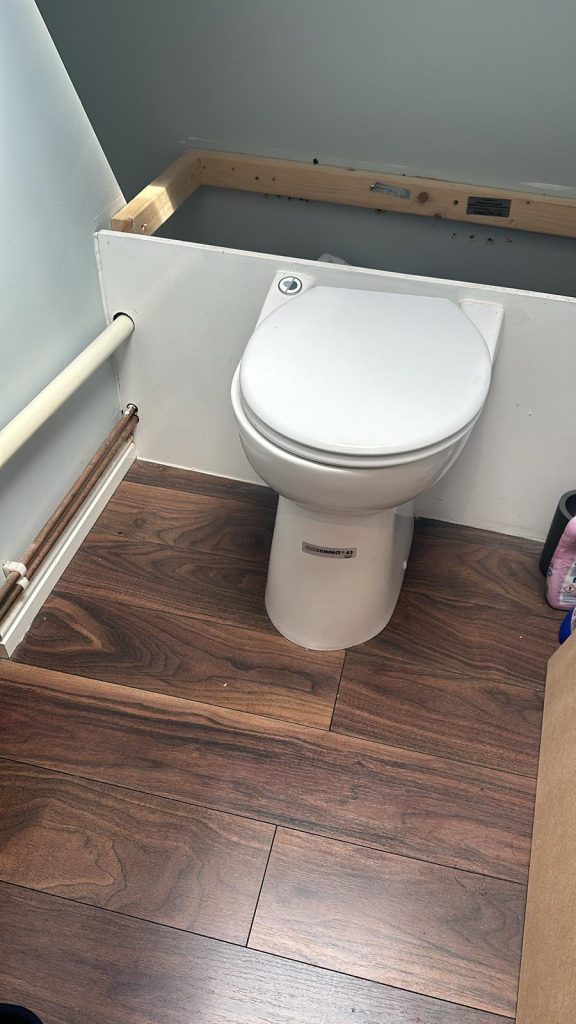
- Sink Blockages: For sinks, the standard cup plunger is your go-to tool. It provides a good seal on flat surfaces and is easy to manoeuvre in tight spaces.
- Toilet Blockages: When dealing with toilets, a flange plunger is your best bet. The flange creates a tight seal in the toilet bowl, making it more effective at clearing blockages.
- Kitchen Drain Blockages: For kitchen drains, which often deal with grease and food particles, either a standard cup plunger or an accordion plunger will do the trick.
Before reaching for the plunger, assess the severity of the clog. If the water level in the toilet bowl is rising or if you notice any signs of an impending overflow, it’s a clear indication that you should take action immediately.
Gather Your Supplies for Plunging
Before you start plunging, gather the necessary materials: your plunger, a bucket, gloves, and perhaps some old towels. This ensures you’re fully prepared for any mess. To use a plunger effectively, you’ll need the following items:
- A high-quality plunger with a flange or a bell-shaped head
- Rubber gloves
- A bucket
- Towels or rags
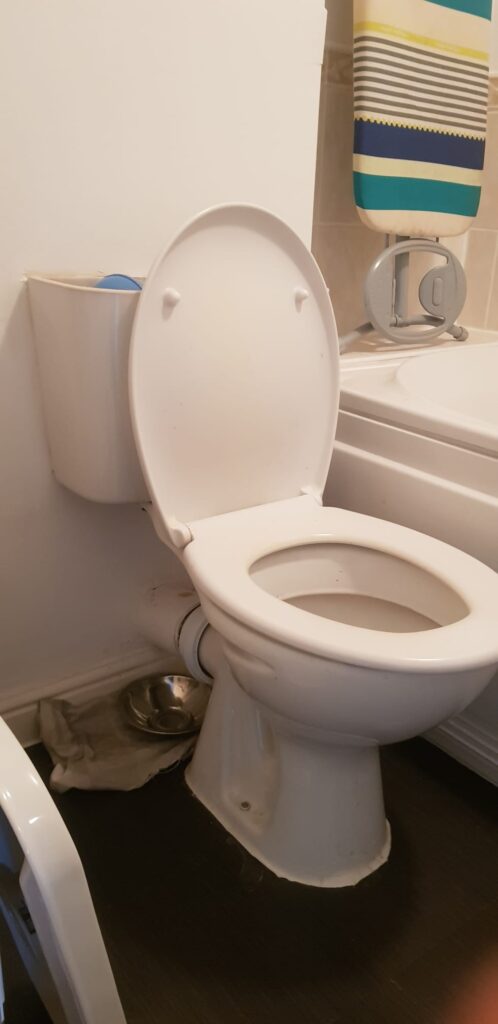
Wear gloves to protect your hands from bacteria and use old towels to catch any spills. If you’re working with chemicals, ensure the area is well-ventilated and avoid mixing different types of cleaners.
Prepare the Area before using the plunger
Clear any obstacles around the toilet to ensure you have enough space to work comfortably. Lay down towels or rags to catch any water splashes.
Using a Plunger
Create a Seal
Place the plunger over the toilet drain, ensuring that it covers the hole completely. Press down gently to create a seal between the plunger and the porcelain.
Apply Firm Pressure with the Plunger
Using both hands, push and pull the plunger in a rhythmic motion, maintaining the seal. Apply firm but controlled pressure. This action will create suction and dislodge the clog.
Be Patient
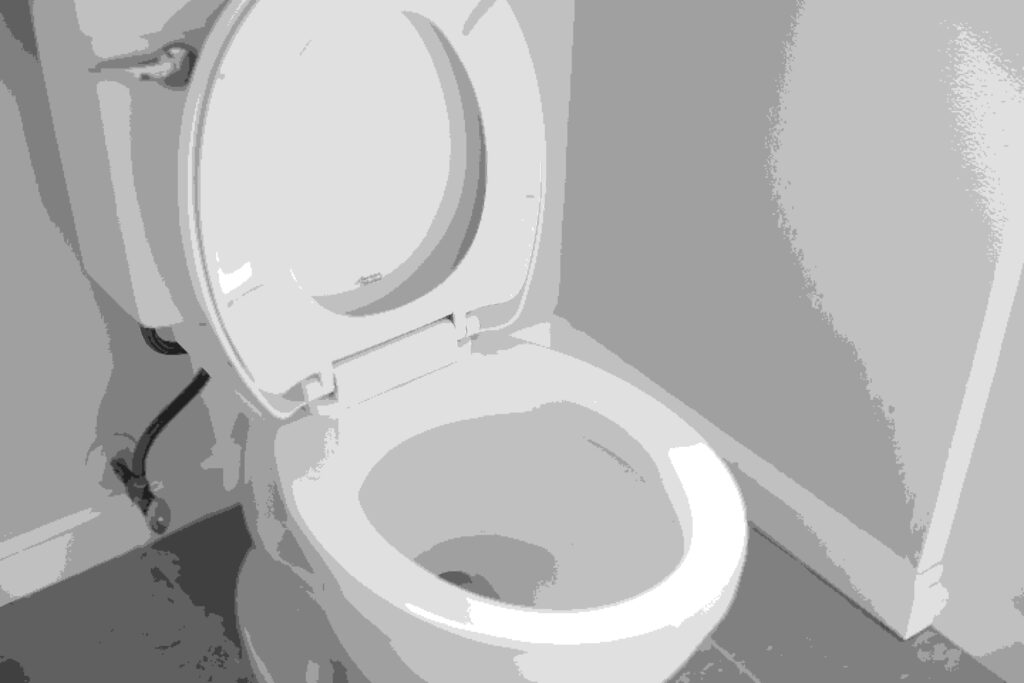
Sometimes, it may take several attempts before the clog breaks free. Be patient and persistent. Avoid using excessive force, as it can damage your toilet.
What to Do After Unclogging with a Plunger
Flush the Toilet after Plunging
Once the water begins to drain freely, flush the toilet to ensure that everything is flowing smoothly. If it flushes without any issues, congratulations – you’ve successfully unclogged your toilet!
Clean and Sanitize your Plunger
After unclogging, be sure to thoroughly clean and sanitize your plunger and the surrounding area. Dispose of any gloves, rags, or paper towels used in the process.
Using a plunger can be an effective way to unclog a toilet when faced with a common household plumbing issue. Save time and money by resolving the problem yourself. Remember to exercise patience and take precautions to maintain a clean and sanitary environment throughout the process.

Frequently Asked Questions about using a plunger
Can any plunger be used to unclog a toilet?
Not all plungers are suitable for toilets. It’s best to use a plunger with a flange or a bell-shaped head designed specifically for toilet use.
What if the plunger doesn’t work?
If the plunger doesn’t work after several attempts, it may be time to seek professional plumber help. There could be a more significant issue causing the blockage.
Are there any alternatives to using a plunger?
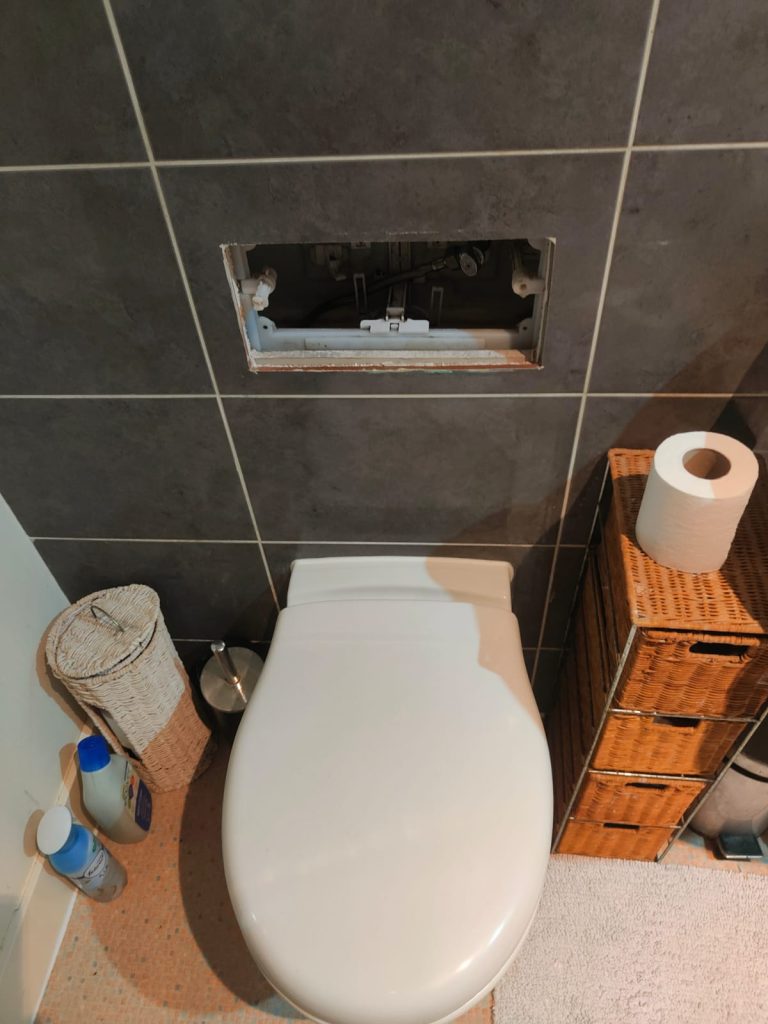
Yes, there are alternatives like a toilet auger or a chemical drain cleaner. However, these should be used with caution and as a last resort.
Can I prevent toilet clogs?
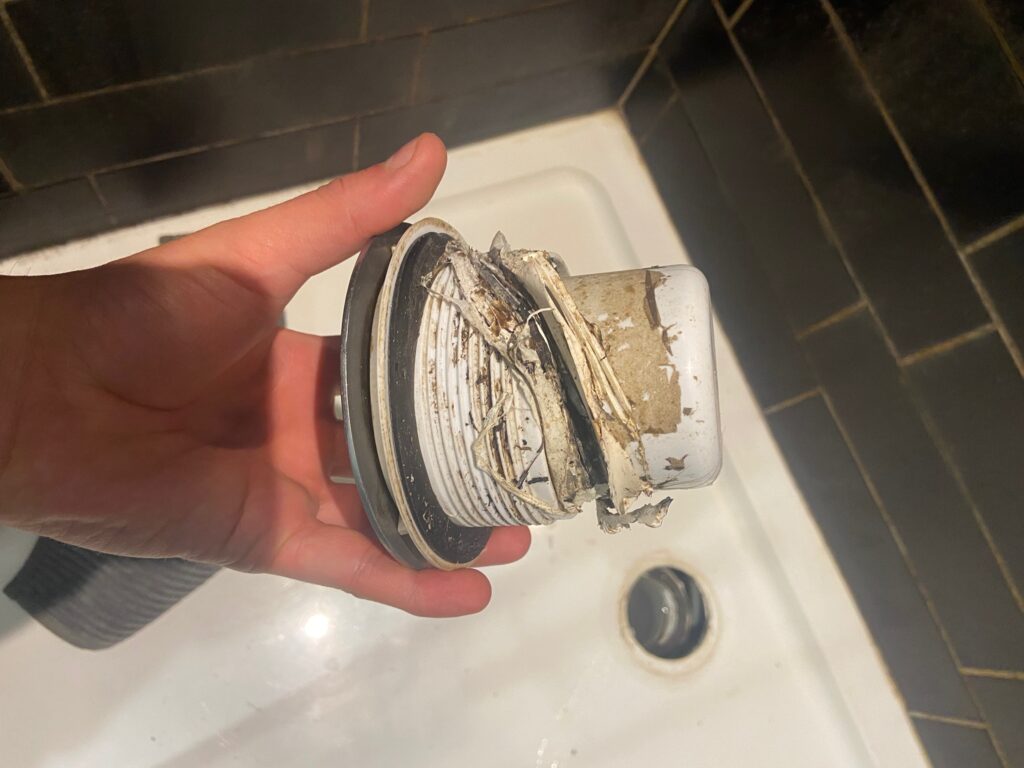
To prevent toilet clogs, avoid flushing excessive toilet paper, sanitary products, or foreign objects down the toilet. Regular maintenance and occasional use of enzyme-based drain cleaners can help keep your pipes clear.
Is it essential to wear gloves when using a plunger?
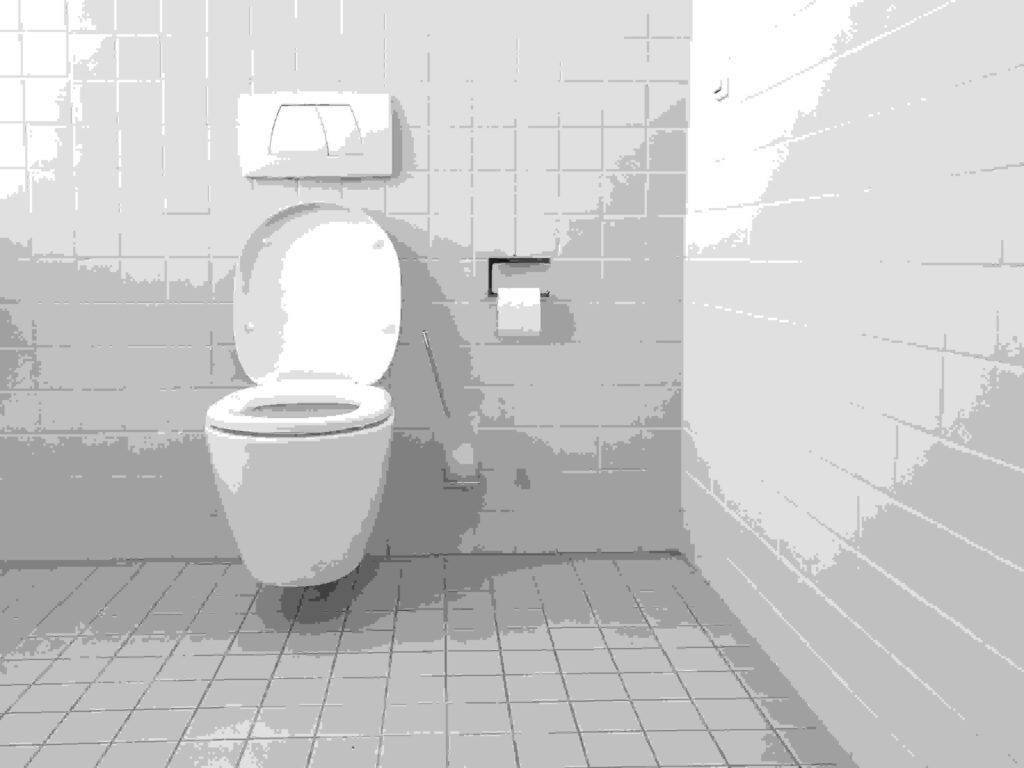
Wearing rubber gloves is advisable when using a plunger to unclog a toilet. It helps maintain hygiene and protects your hands from coming into contact with dirty water.
Using a Plunger to Clear a Blocked Pipe
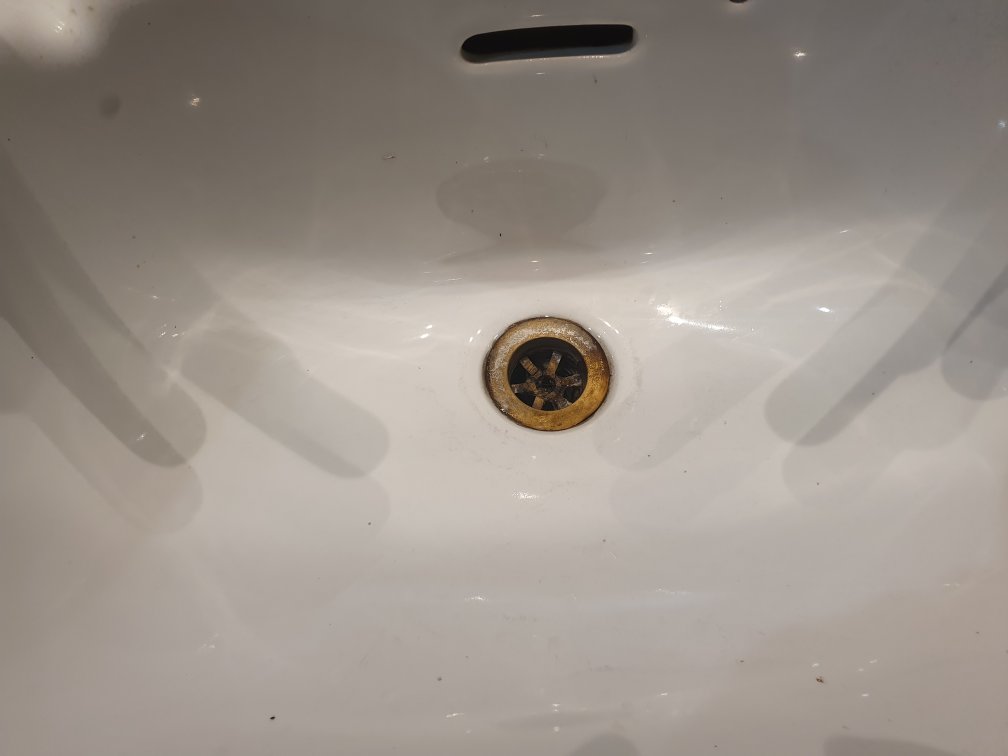
Step-by-Step Guide
- Position the Plunger: Place the plunger over the drain, ensuring it covers the opening completely.
- Create a Seal: Push down firmly to create a good seal around the drain.
- Plunge: Using quick, forceful movements, push and pull the plunger to create suction.
- Check the Drain: After several plunges, lift the plunger to see if the water starts to drain.
- Repeat if Necessary: Sometimes, it takes a few tries to clear the blockage completely.
Tips for Effectiveness
- Use enough water in the sink or bowl to cover the plunger cup.
- Ensure a tight seal to maximise the suction effect.
- Be patient and persistent; some blockages take time to break up.
Using a Plunger to Unclog a Blocked Sink
Identifying the Blockage

Before plunging, determine whether the blockage is in the sink trap (the U-shaped pipe) or further down the drain. This will help you apply the right amount of force.
Step-by-Step Guide
- Fill the Sink: Add enough water to submerge the plunger cup.
- Position the Plunger: Place the plunger over the drain, ensuring a tight seal.
- Plunge Vigorously: Push and pull the plunger in quick, forceful movements.
- Check the Drain: Lift the plunger periodically to see if the water is draining.
- Repeat as Needed: Continue until the blockage is cleared.
Plunging the Trap
Understanding the Trap
The trap, or U-bend, is designed to hold water and prevent sewer gases from entering your home. It can also collect debris, leading to blockages.
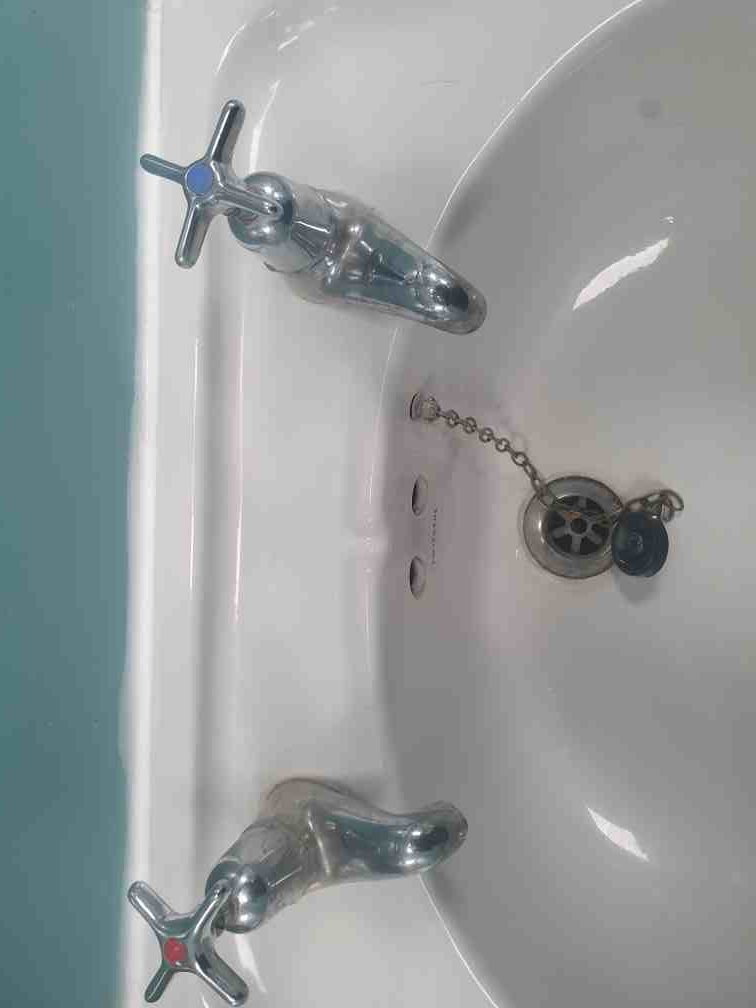
Step-by-Step Guide
- Remove the Trap: If plunging doesn’t work, you may need to remove and clean the trap.
- Clear the Blockage: Use a wire coat hanger or similar tool to remove debris.
- Reassemble the Trap: Once clear, reassemble the trap and test the drain.
Using a Plunger to Clean a Blocked Kitchen Drain
Common Causes of Kitchen Drain Blockages
Kitchen drains often get clogged with food particles, grease, and soap scum. Regular cleaning can help prevent these blockages.
Step-by-Step Guide
- Fill the Sink: Ensure the sink is partially filled with water.
- Seal the Overflow: Use a wet cloth to block the overflow opening.
- Position the Plunger: Place the plunger over the drain, ensuring a tight seal.
- Plunge: Use quick, forceful movements to create suction.
- Check the Drain: Lift the plunger to see if the water is draining.
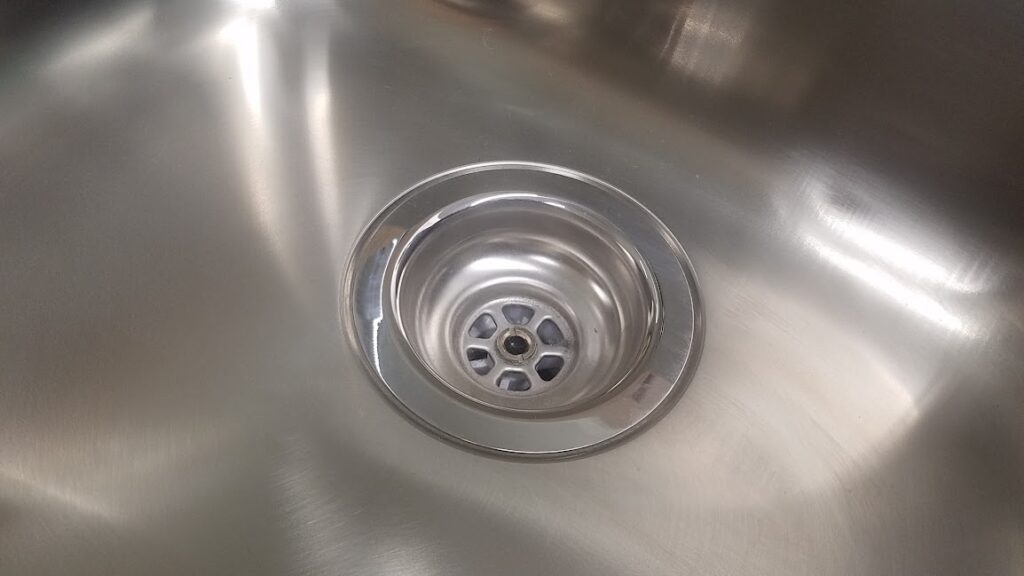
Unblocking Blocked Pipes with a Plunger
Identifying the Blockage Location
Determine whether the blockage is in the trap, further down the pipe, or even outside your home. This will help you decide on the right approach.
Step-by-Step Guide
- Fill the Fixture: Add enough water to submerge the plunger cup.
- Seal the Plunger: Place the plunger over the drain, ensuring a tight seal.
- Plunge with Force: Use quick, forceful movements to create suction.
- Check the Drain: Periodically lift the plunger to check if the water is draining.
- Repeat as Needed: Continue until the blockage is cleared.
